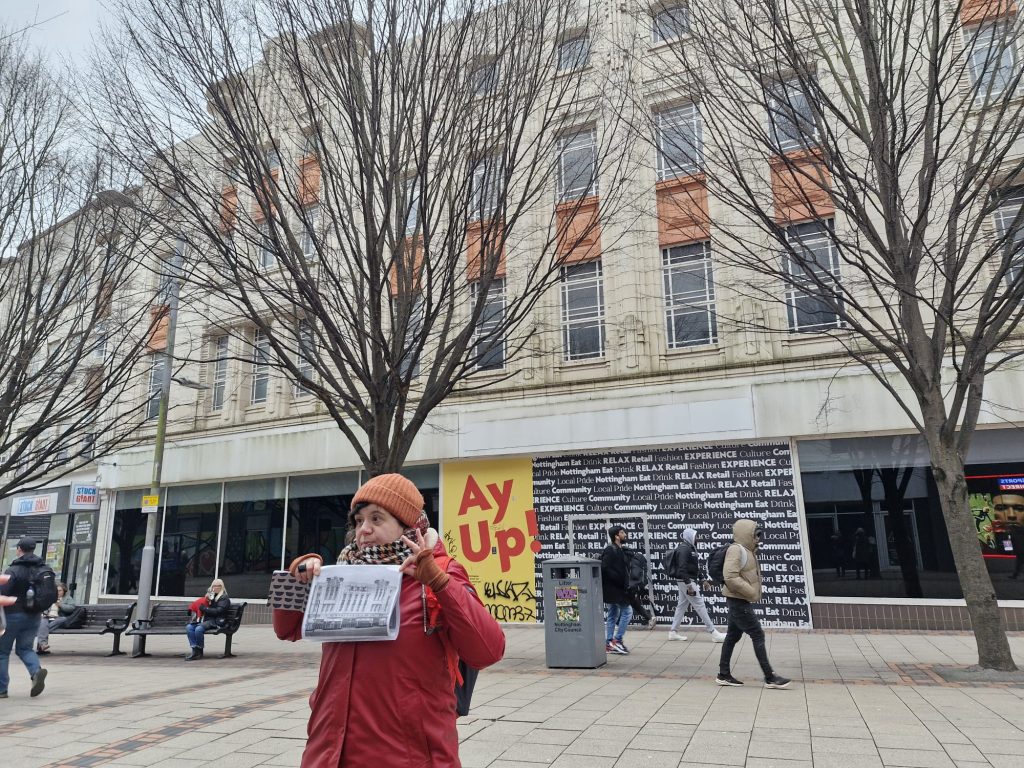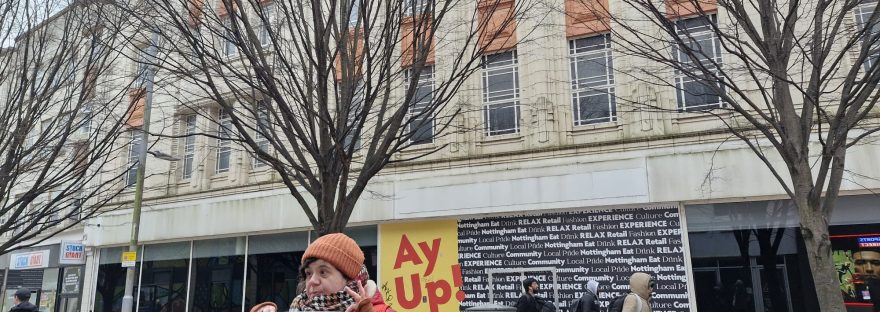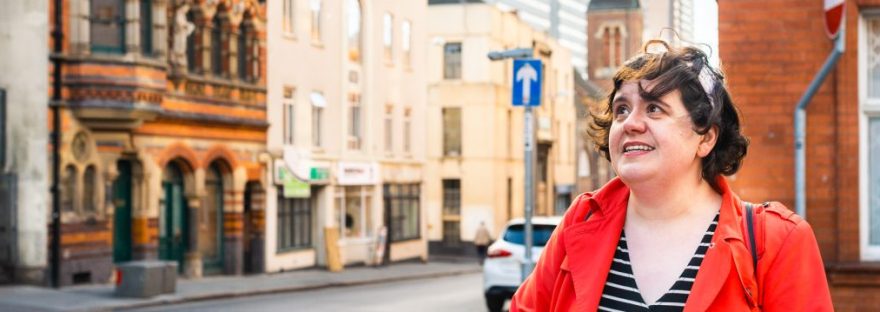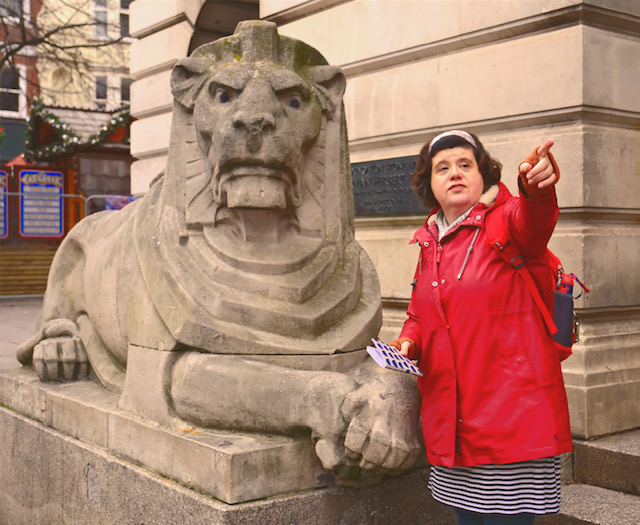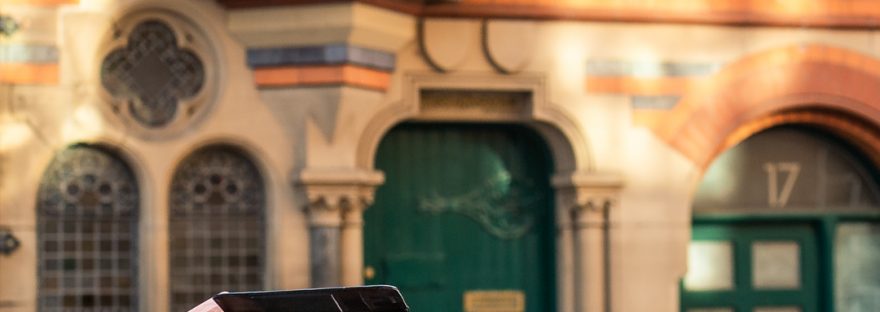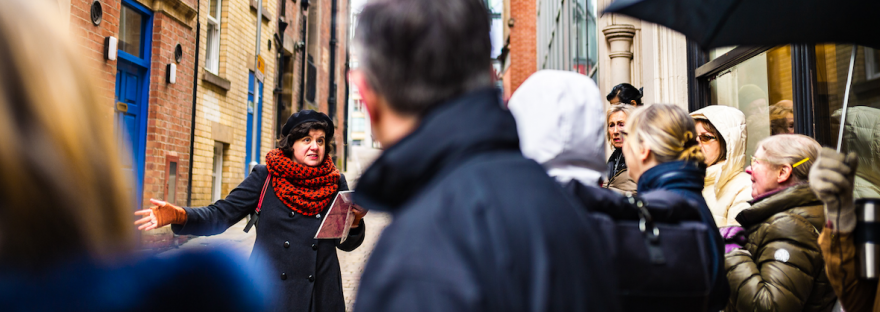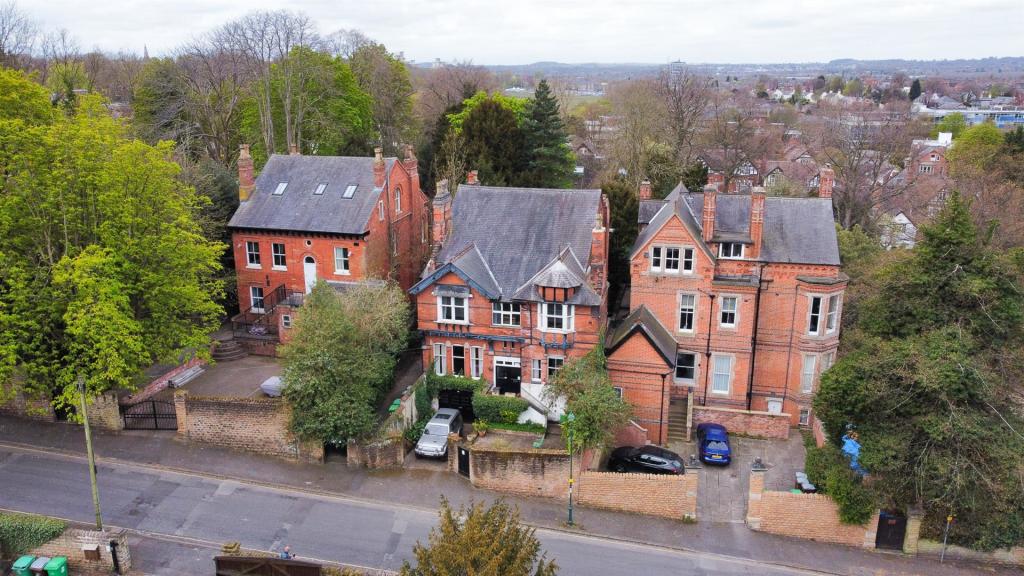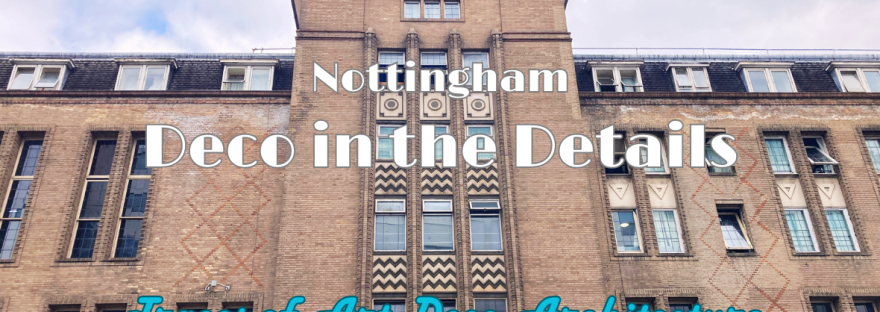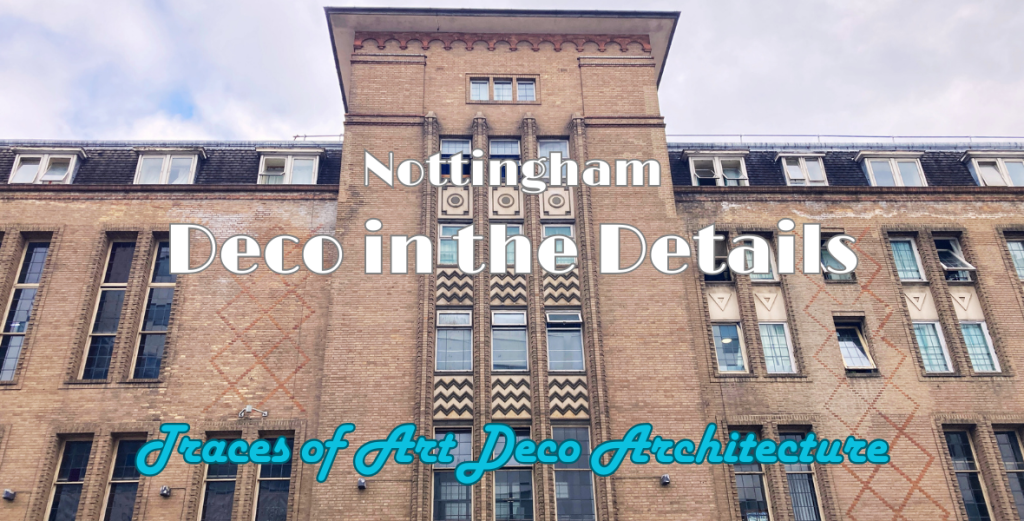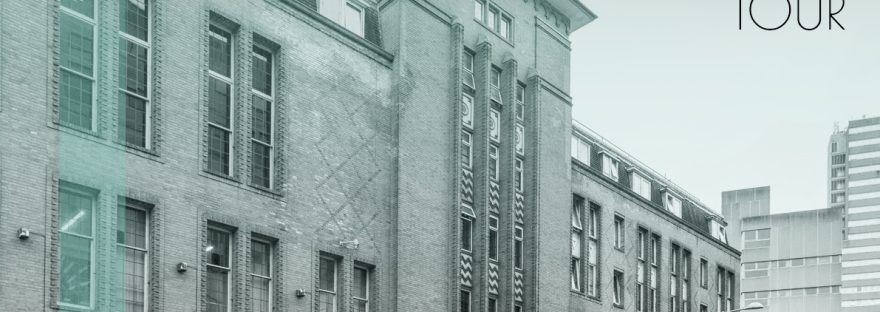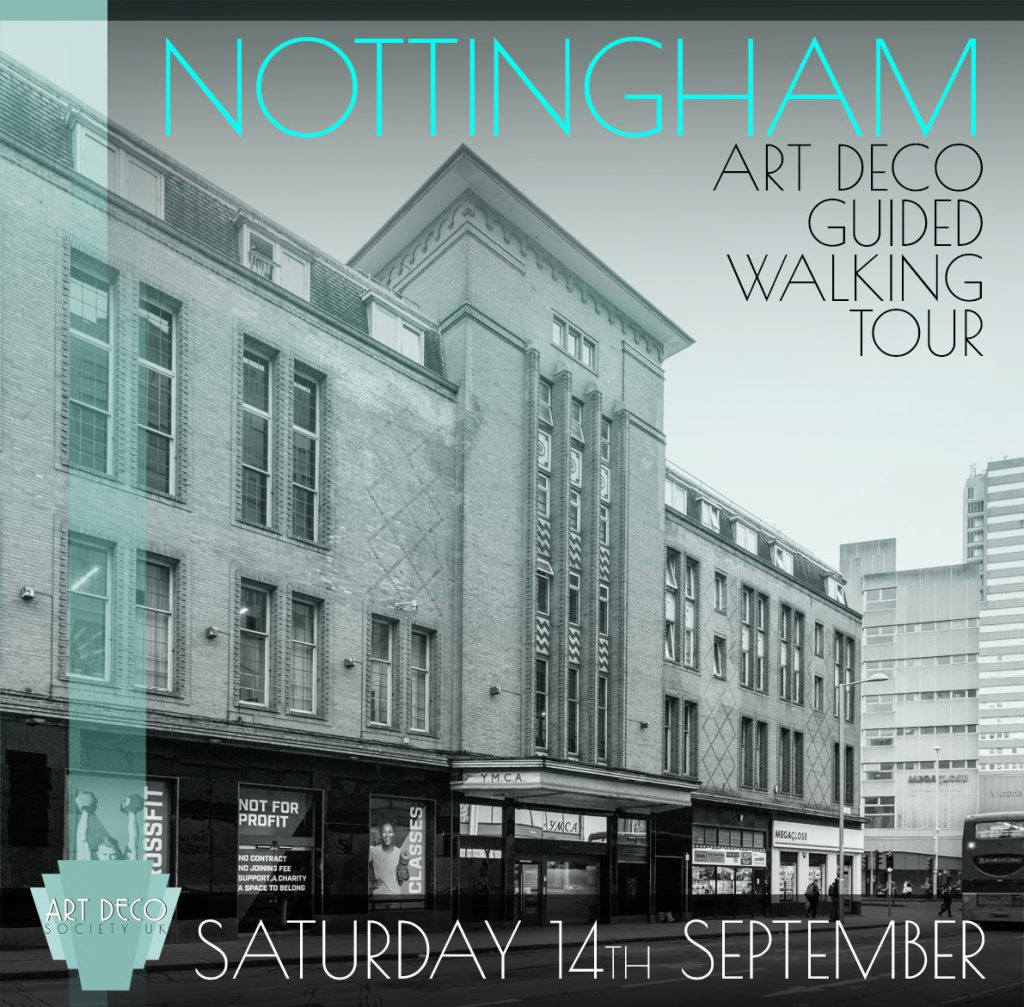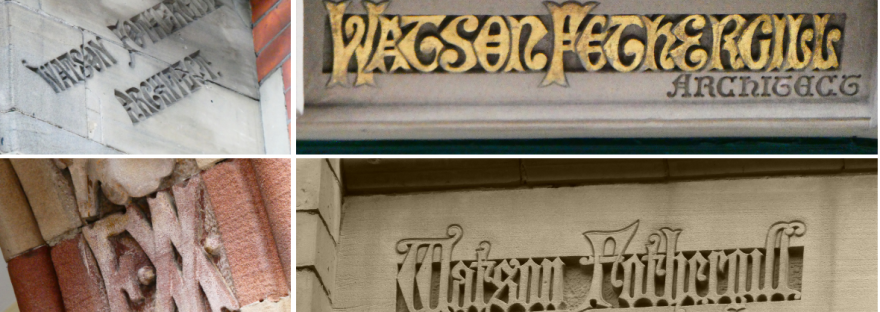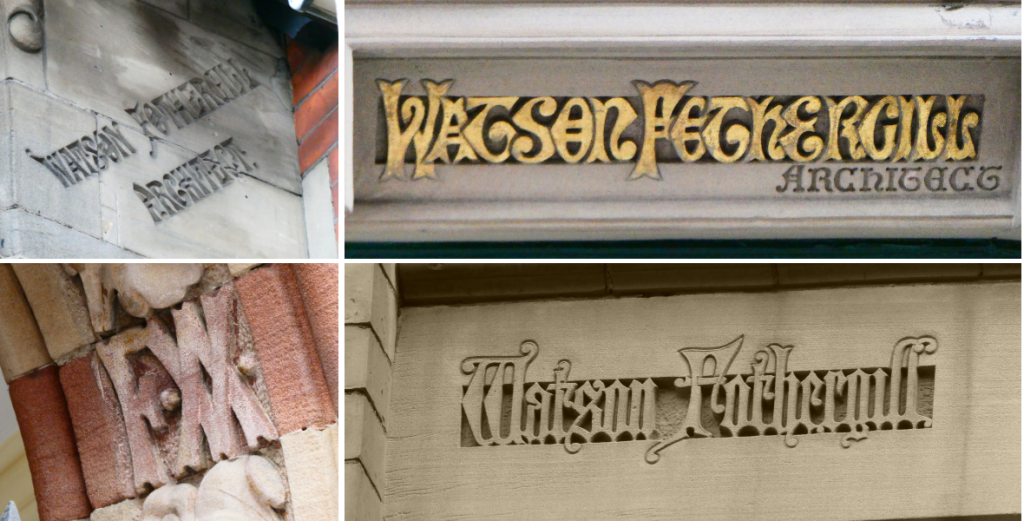Summer: Blink and you’ve missed it! Thanks to everyone who has joined me for a walk and hello to new visitors. I’ve got one more scheduled Watson Fothergill Walk to come in October and my new Deco in the Details walks are also coming up…read on!
August & September’s Watson Fothergill Walks are almost full – but there are still a few tickets available for
The Carrington Crawl – Saturday 21 September, 1 pm.
Explore some of the houses Fothergill built in Nottingham and discover his family life in the home he built for himself on Mapperley Road.
What’s next for Watson Fothergill Walk?
There will be a city centre Watson Fothergill Walk on Sunday 20 October, 10 am
Explore the Nottingham buildings of Victorian Architect Watson Fothergill… also known as Fothergill Watson.
Thanks to the positive response to my Art Deco Architecture tour… there will be two new walks (or a tour in two parts) looking at Nottingham’s buildings of the 1920s and 1930s –
Deco in the Details Parts 1 & 2.
These walks can be done in any order – you can choose to do either or both.
The first will be a repeat of the tour commissioned by the Art Deco Society UK
Nottingham: Deco in the Details Part 1, Sunday, 6 October, 10 am
This walk explores Nottingham’s architecture from the 1920s and 1930s, starting and ending with T. Cecil Howitt’s Council House sculptures.
We’ll look at the rise of chain stores like Montague Burton, F.W. Woolworth, and Marks & Spencer, as well as the use of concrete in industrial buildings and the influence of car ownership on the city’s architecture in the 1930s.
The second is
Nottingham: Deco in the Details Part 2: Sunday 27, October, 10 am
This walk will cover the north side of Nottingham City Centre and finish at Sneinton Market. You’ll see the work of local architects, uncover how the Palais de Danse added a touch of glamour to Nottingham and seek out remnants of the Art Deco era, including hints of streamline moderne and even some Egyptian hanging gardens. Starts Outside Victoria Centre and finishes at The Bath Inn.
All tickets are £15 plus Eventbrite booking fee.
